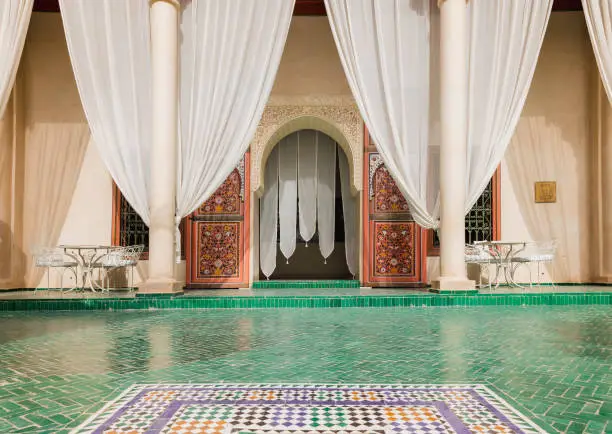Marrakech is a must-visit stop when in Morocco. The centuries-old city is steeped in history, its riads, palaces, mosques, and medina form a time machine that transports visitors to the wonders of the past.
Many of these old riads and palaces have been transformed into museums and attractions, drawing both locals and tourists. If you’re visiting Marrakech this summer, here’s a practical guide, compiled by , to help you discover the city’s most emblematic museums.
The Medina Wonders
In the Marrakech medina, ancient mazelike alleys conceal gardens, secret doors, and grand mansions that once housed the city’s Pashas and political elite. Today, many of these residences are open to the public. One of the most iconic is
Dar El Bacha
, once the opulent home of the powerful Pasha Thami El Glaoui.
Beautifully restored, the palace is a testament to Moroccan craftsmanship. Every room, courtyard, and corridor showcases traditional artistry, intricate zellige tilework, carved cedarwood ceilings, serene fountains, and lush inner gardens. Walking through Dar El Bacha feels like flipping through the pages of Morocco’s architectural storybook.
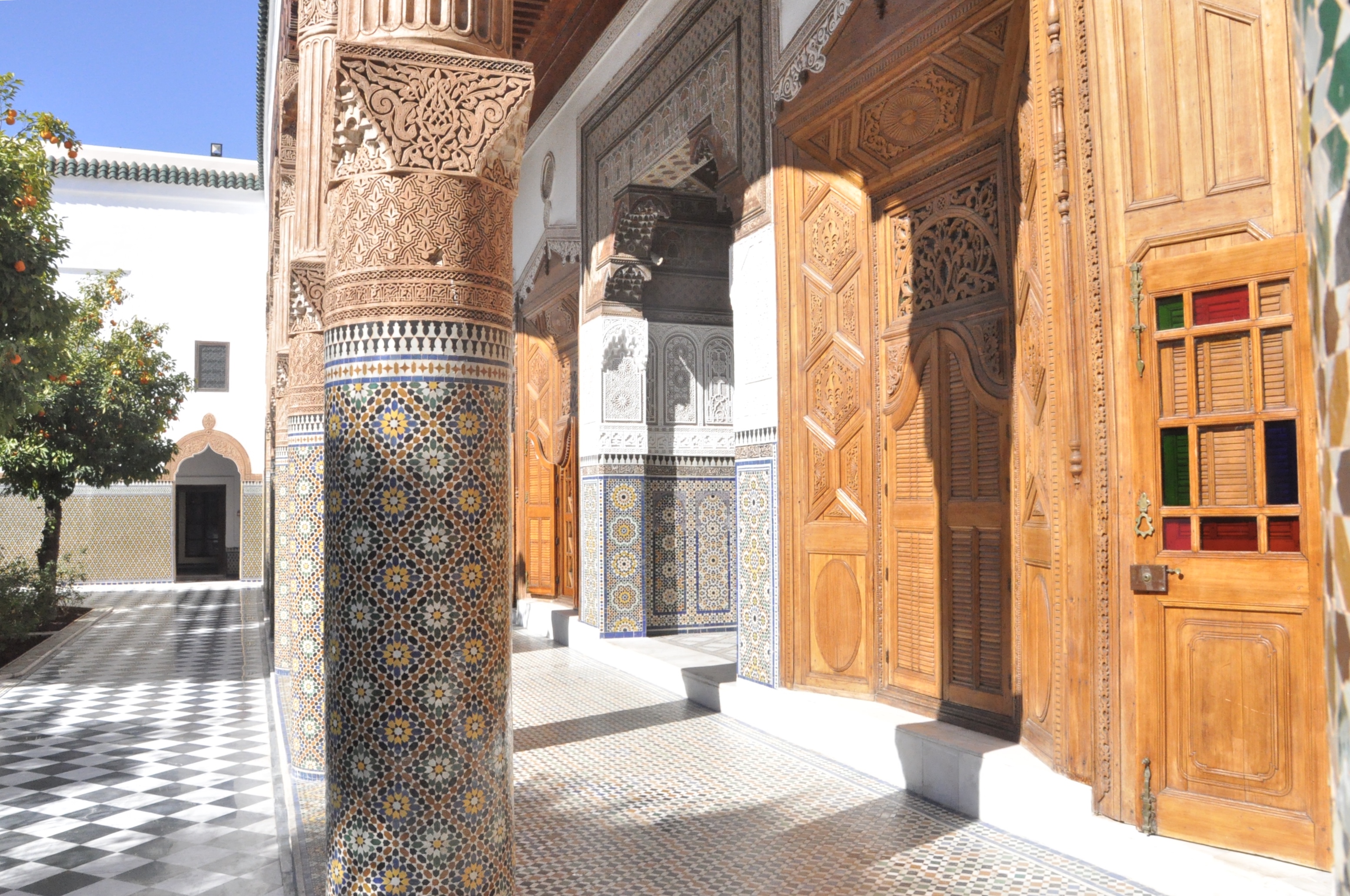
The palace houses the Museum of Confluences, which hosts a wide range of exhibitions, from historical artifacts to contemporary Moroccan art.
Dar El Bacha also hosts the elegant Bacha Coffee. Founded in 1910, it specializes in 100% Arabica beans, offering blends from over 35 countries. The café, once a meeting place for iconic figures like Churchill, Roosevelt, Joséphine Baker, and Colette, was restored along with the palace after decades of silence following WWII.
Dar El Bacha is open from Tuesday to Sunday, 9 am to 6 pm. Entry is 70 dirhams.
Not far from Dar El Bacha is another hidden gem, not a palace, but a secret garden.
Le Jardin Secret
, a restored 19th-century palace with roots tracing back to the Saadian Dynasty over 400 years ago, is nestled in the Mouassine quarter.
Rebuilt by Kaid U-Bihi and later inhabited by political and religious leaders such as Qadi Moulay Mustapha and Al-Hajj Muhammad Loukrissi, the palace has witnessed centuries of power, decline, and rebirth. Meticulously restored starting in 2008, it is now one of the largest riads in the medina, featuring two exquisite gardens, one of the tallest towers in Marrakech, and a wealth of Islamic art, Arab-Andalusian architecture, and traditional hydraulics.
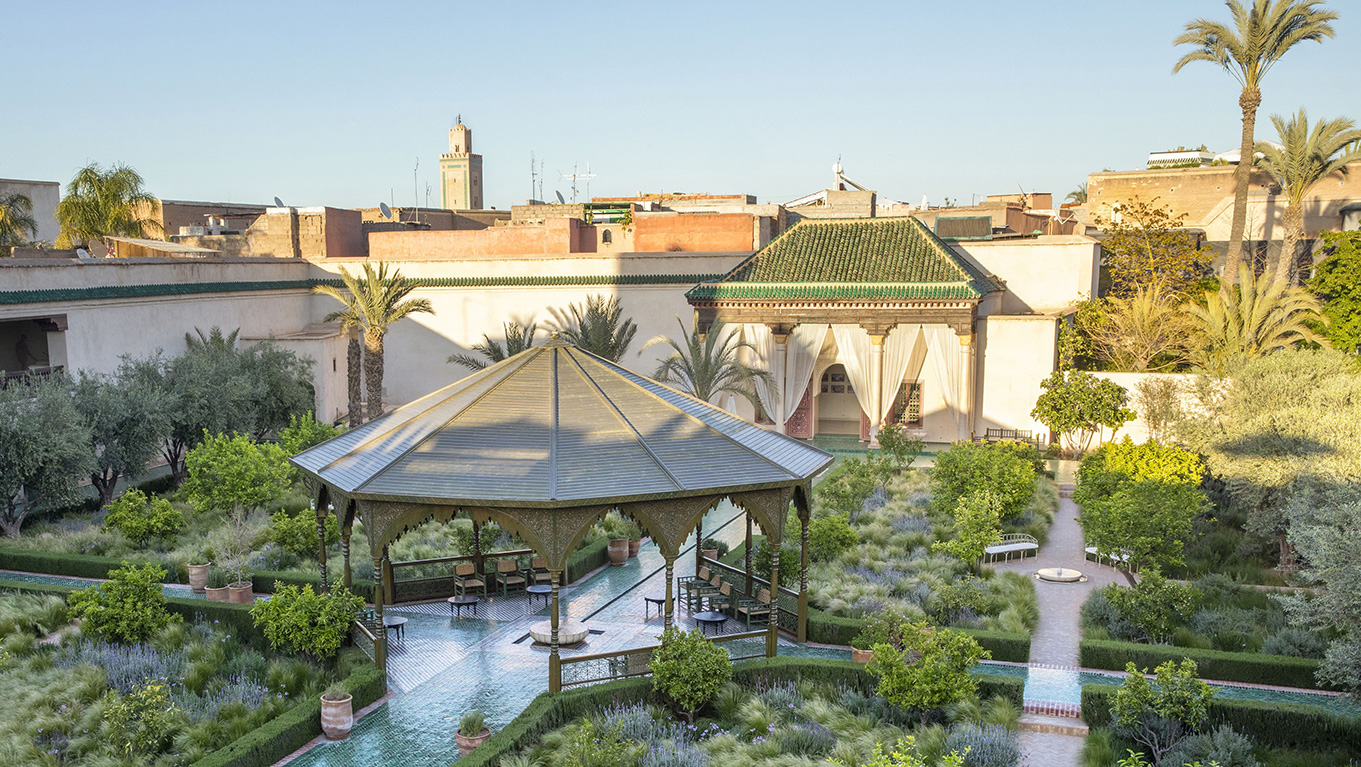
Visitors can explore the lush gardens, discover the city’s heritage through exhibitions, and unwind in two cafés offering homemade, fresh products in a peaceful oasis.
The Secret Garden is open from March to September from 9:30 am to 7:30 pm, and until 6:30 pm during the rest of the year. Moroccans and foreigners under 24 can enter for 80 dirhams; other foreign visitors pay 100 dirhams. Entry to the tower is 40 dirhams for foreigners and 30 for Moroccans and visitors under 24.
Still within the medina,
Dar Si Said Museum
is another palace not to miss. Located in the heart of the old city, this mansion is a remarkable tribute to Moroccan artistry and cultural richness.
Built in the mid-1800s by Si Said Ben Moussa, brother of the Grand Vizier Bou Ahmed, the palace was later converted into a museum of Moroccan arts and crafts. Since opening to the public in 1932, it has played a key role in showcasing the craftsmanship of generations of Moroccan artisans.
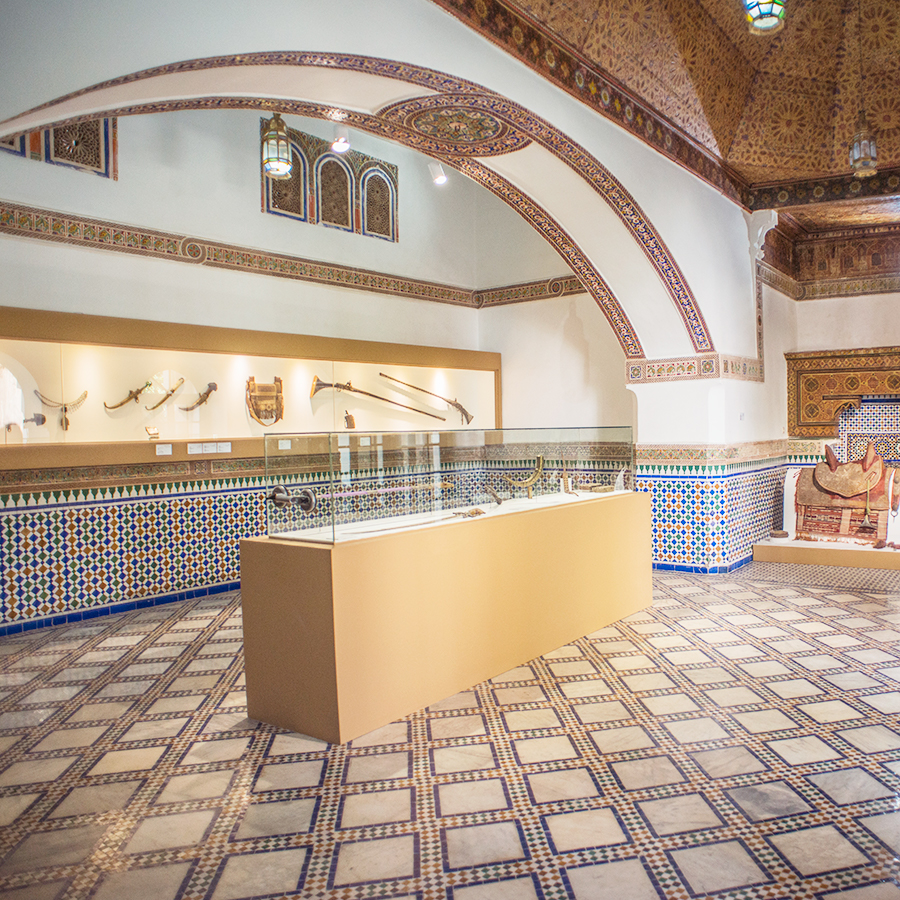
Like Dar El Bacha, Dar Si Said is an exhibit in itself, with carved cedarwood ceilings, colorful zellij tilework, and serene Andalusian-style courtyards. Every corner reflects Morocco’s architectural legacy, creating a setting as captivating as the objects on display.
The museum houses an impressive collection of traditional items: Berber jewelry reflecting regional identity, ceramics from Fes and Safi, finely crafted woodwork, and textiles and leather goods that narrate stories of daily life and ceremonial traditions.
It’s open from 10 am to 6 pm, with an entry fee of 30 dirhams.
Just around the corner is the
Bahia Palace
, another must-see. Commissioned by Grand Vizier Si Moussa and later expanded by his son Bou Ahmed, the palace was designed to be the most magnificent residence of its time.
Spanning nearly 8 hectares, the complex features elaborately decorated rooms, vast gardens, and spacious courtyards. Details like carved cedar ceilings, colorful zellij tiles, and large fireplaces showcase the finest Moroccan craftsmanship.
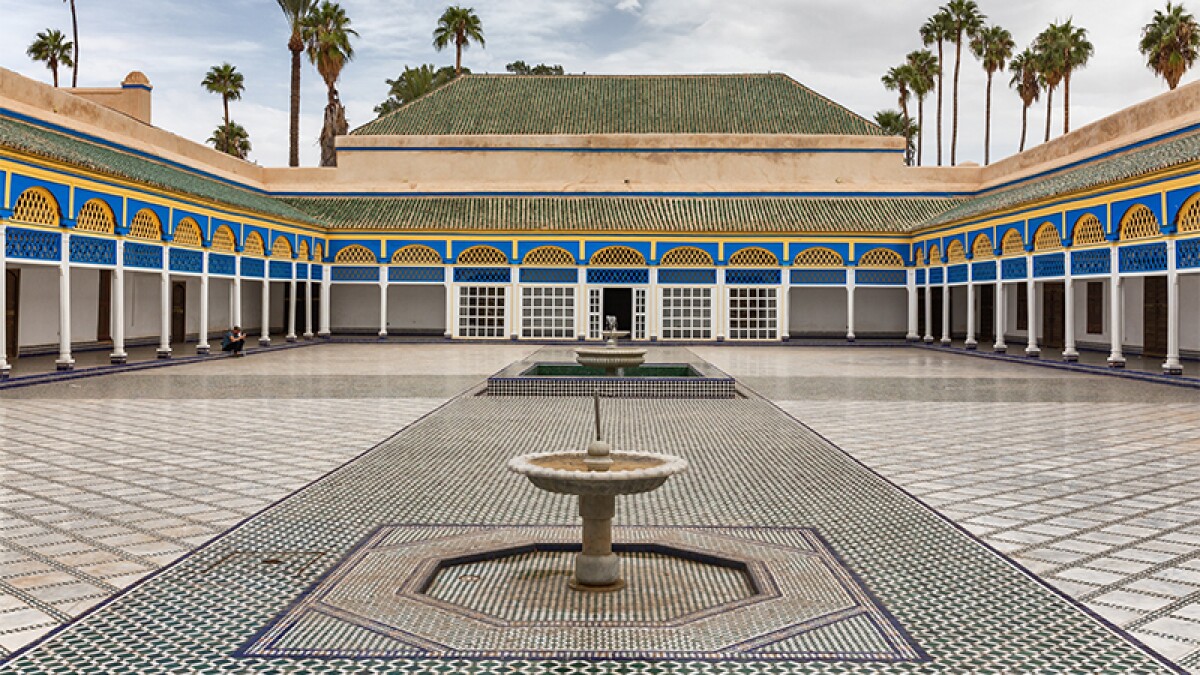
Bahia, meaning «brilliance» or «beauty», lives up to its name. The palace merges traditional Moroccan and Andalusian elements, creating a space of harmony, peace, and luxury. Light filters through stained glass windows into rooms once reserved for royals, while quiet courtyards offer moments of calm amid the city’s energy.
The palace is open from 9 am to 5 pm. Entry costs 100 dirhams.
If you still have an appetite for grandeur,
El Badi Palace
is the crown jewel. Built in 1578 by Sultan Ahmad al-Mansur of the Saadian Dynasty, it was once a symbol of royal power and opulence.
Designed in a mix of Moroccan and European styles, it originally featured lavish décor, mosaics, marble columns, and intricate carvings. Today, though in ruins, the palace remains a key historical site, reflecting the grandeur of 16th-century Moroccan architecture.
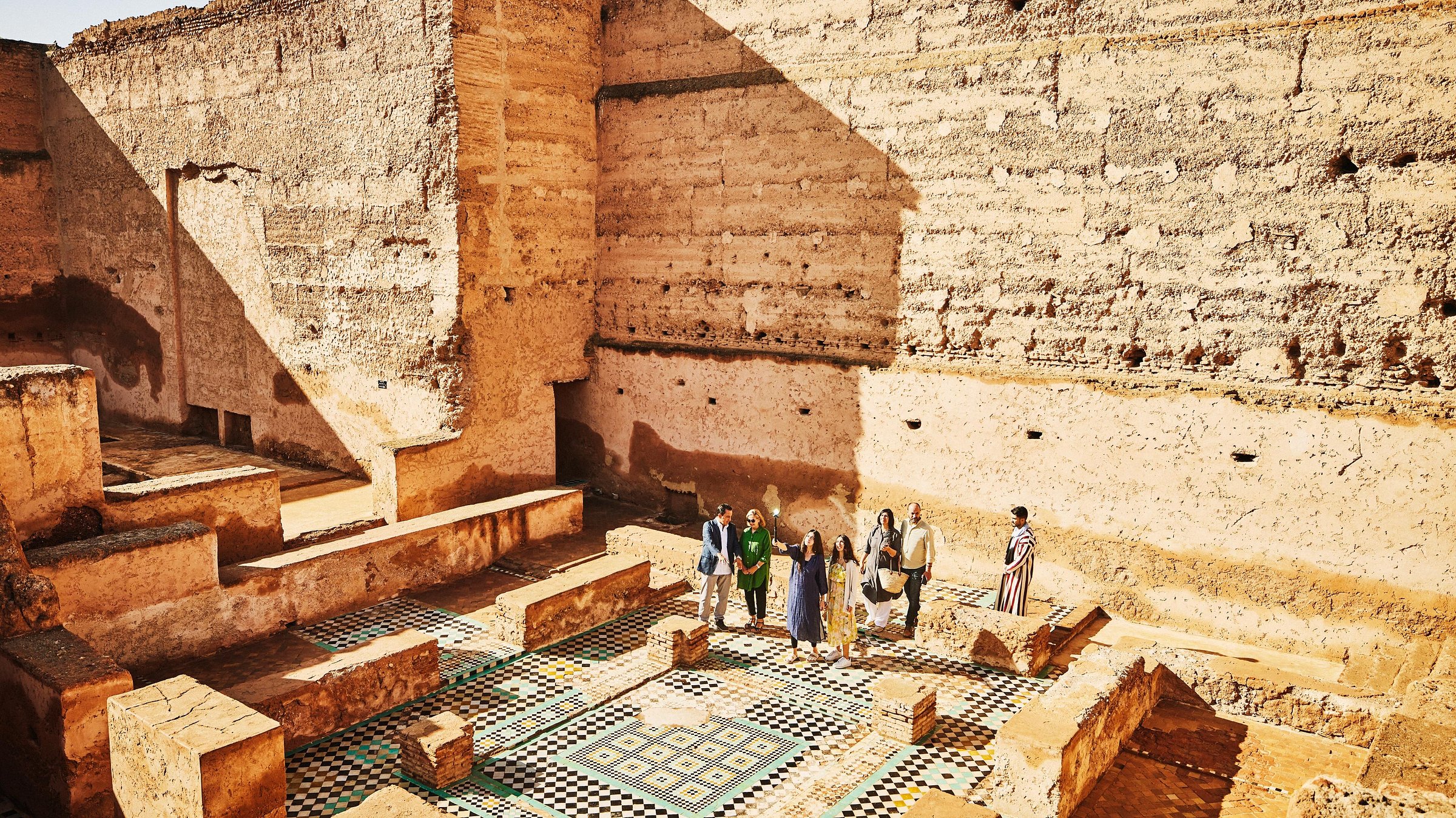
It also houses an exhibition space featuring the 12th-century Almoravid minbar that once stood in the Kutubiyya Mosque, as well as other displays. You can even visit the old prison located in the underground section of the palace.
El Badi is open from 8 am to 5 pm, with an entry fee of 100 dirhams.
Food, music and perfumes
If themed museums are more your style, Marrakech has plenty to offer. Let’s start with food, a huge attraction for Morocco’s visitors. The
Moroccan Culinary Arts Museum
is nestled in an 18th-century palace in the heart of the medina.
This restored 5,000 m² residence features elegant courtyards with zellige, sculpted plaster, painted cedarwood, and a Carrara marble fountain. The museum celebrates Morocco’s gastronomic heritage through exhibits, a tea salon, a rooftop restaurant with panoramic views, and hands-on cooking classes.
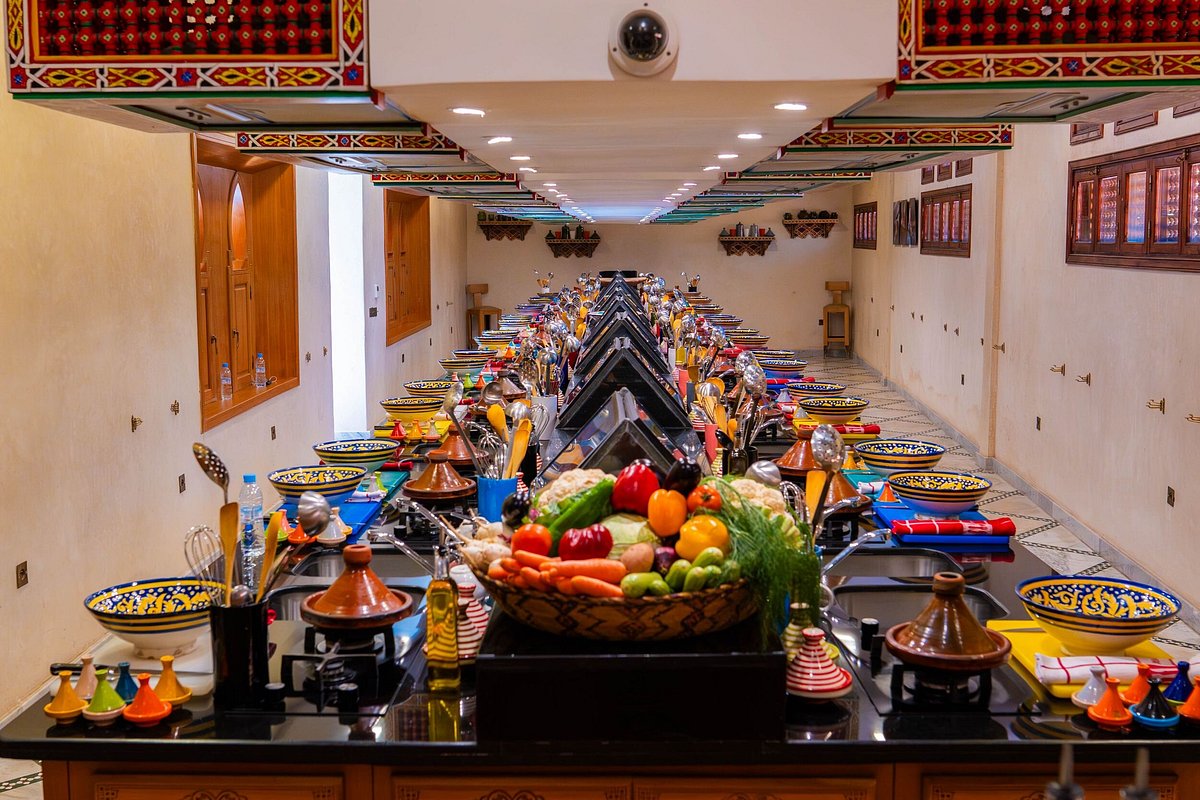
Visitors can join immersive workshops led by a Dada, a traditional female chef who preserves ancestral culinary knowledge. Sessions are held at 9 am, 11 am, and 3 pm, with prices starting at 700 MAD.
It’s open daily from 9 am to 8 pm.
From food to music with the
Museum of Music Mouassine
, located in a stunning 16th–17th-century Arab-Andalusian house in the Saadian quarter.
Its vibrant rooms showcase Morocco’s diverse musical heritage, from Amazigh and Gnawa to Arab-Andalusian and Jewish traditions. The museum offers a sensory journey through instruments, photographs, and audiovisual displays.
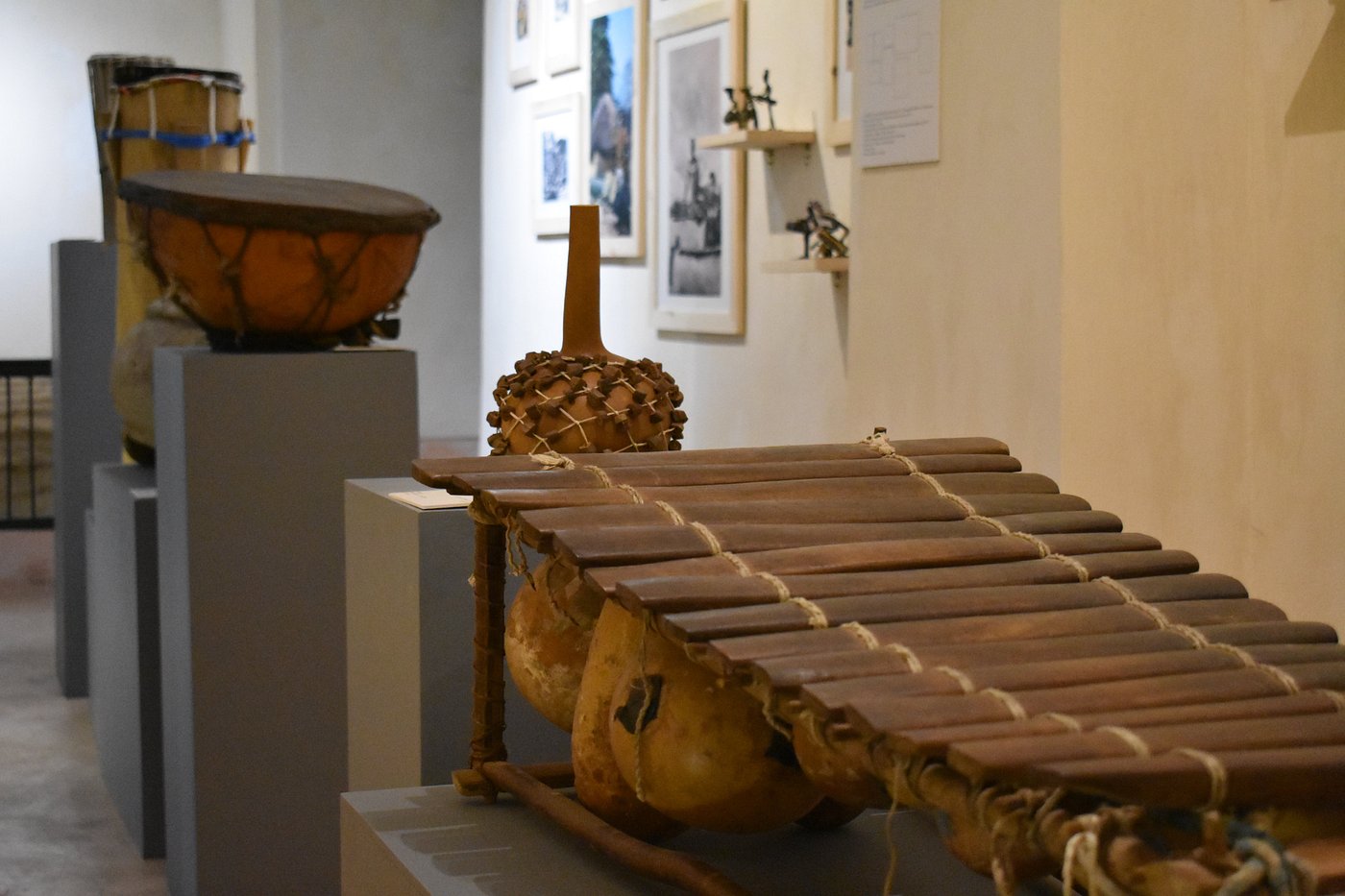
Don’t miss the rooftop terrace with panoramic medina views and a cozy restaurant. The museum also hosts concerts every Monday, Wednesday, and Friday, 45 minutes of live music followed by mint tea, all included with your 100 MAD ticket. It’s open from 10 am to 6 pm.
Your ticket also grants access to the nearby
Maison de la Photographie
, a unique private archive of Morocco’s visual history. Founded by Hamid Mergani and Patrick Manac’h, it holds around 8,000 photographs, postcards, glass plates, newspapers, and maps, mostly from 1870 to 1960.
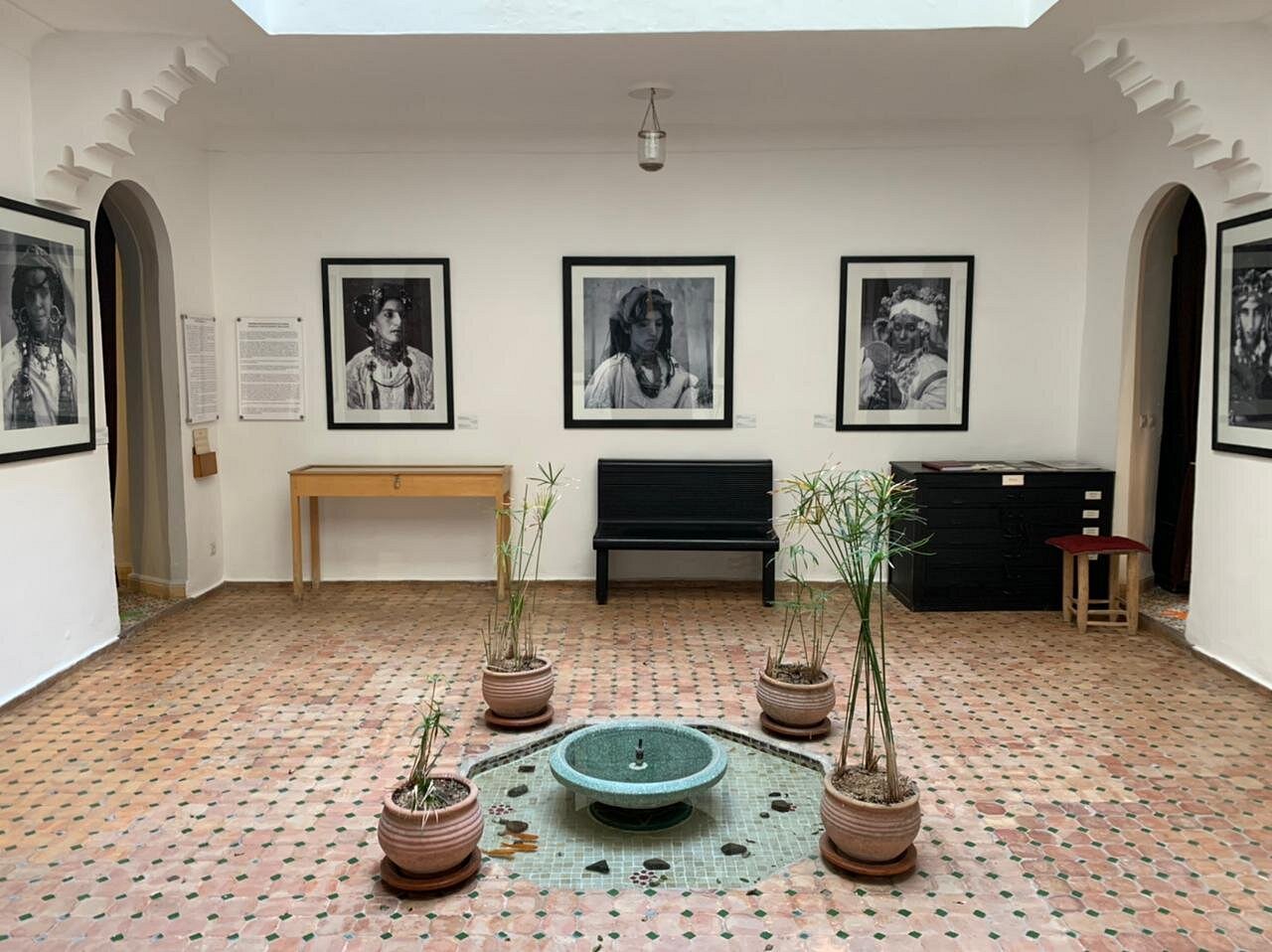
Highlights include early black-and-white photography and the first color film shot in the High Atlas in 1957 by Daniel Chicault. The museum is open daily from 9:30 am to 7 pm. Admission is free for children under 15, 40 dirhams for locals, and 60 for foreigners.
A visit to Marrakech wouldn’t be complete without a stop at the
Perfume Museum
. Housed in a beautifully restored 19th-century riad in the medina, the Musée du Parfum invites visitors to explore the world of perfume-making.
Founded by perfumer Abderrazzak Benchaâbane in 2006, the museum walks you through distillation, raw materials, and the art of scent blending at the perfume organ.
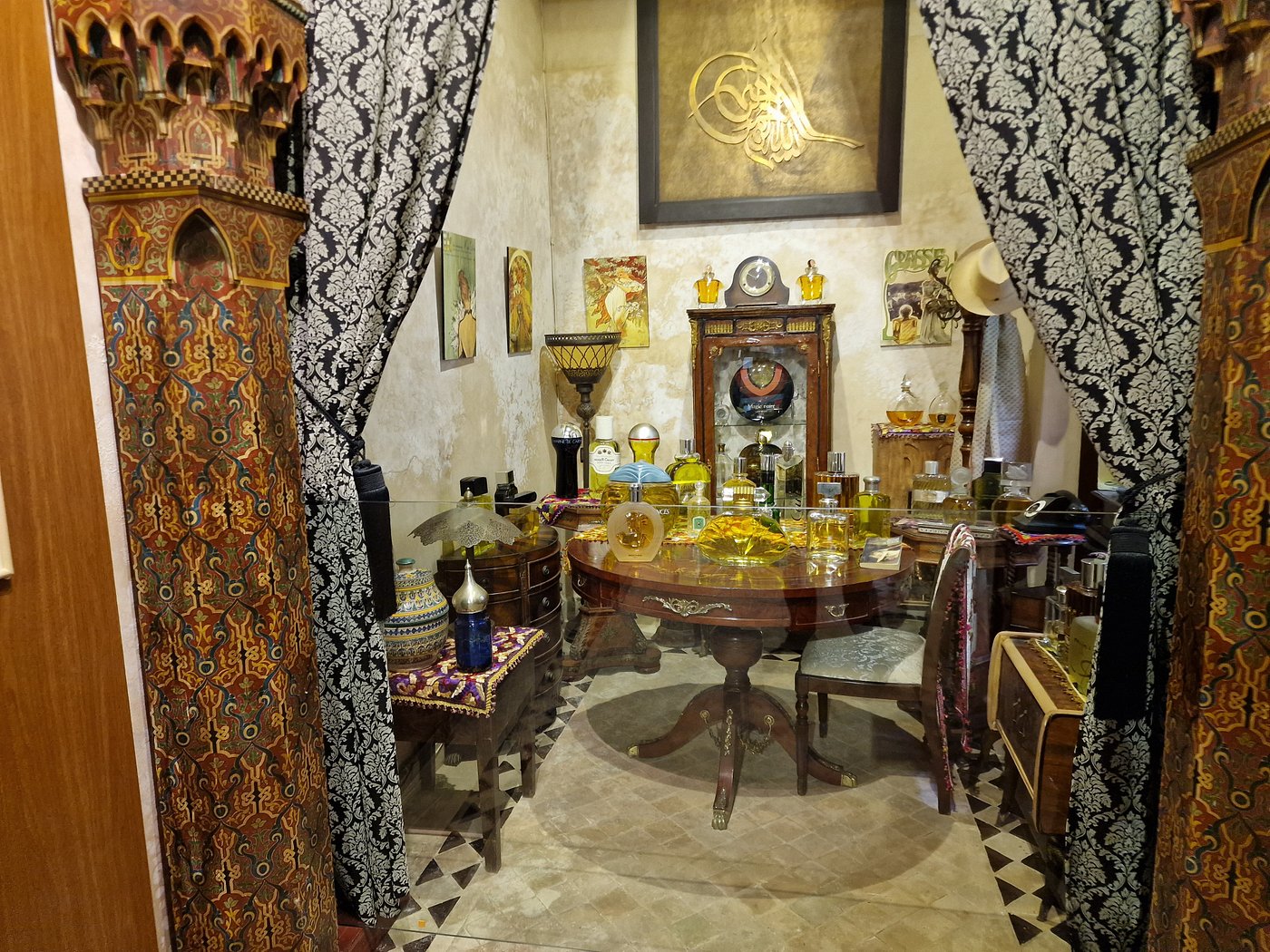
Eight intimate rooms explore the craft of perfumes, cosmetics, and body care products. The highlight is the interactive space where you can smell different essences and create your own custom perfume or massage oil, a unique sensory experience.
The museum also runs olfactory workshops for children, introducing them to the magic of scents. Open from 9 am to 5:30 pm, with adult entry at 50 dirhams.
Outside the medina, museums still await. In Gueliz, don’t miss the
Majorelle-YSL museum
duo, a haven for lovers of nature and fashion.
Start with Jardin Majorelle, a one-hectare botanical garden and landscape haven created by French Orientalist artist Jacques Majorelle starting in 1923. After a stroll through the lush garden, visit the Musée Berbère, opened in 2011 in Majorelle’s former painting studio. The museum offers a deep dive into Berber (Amazigh) culture, with over 600 artifacts collected by Pierre Bergé and Yves Saint Laurent, representing communities from the Rif to the Sahara.
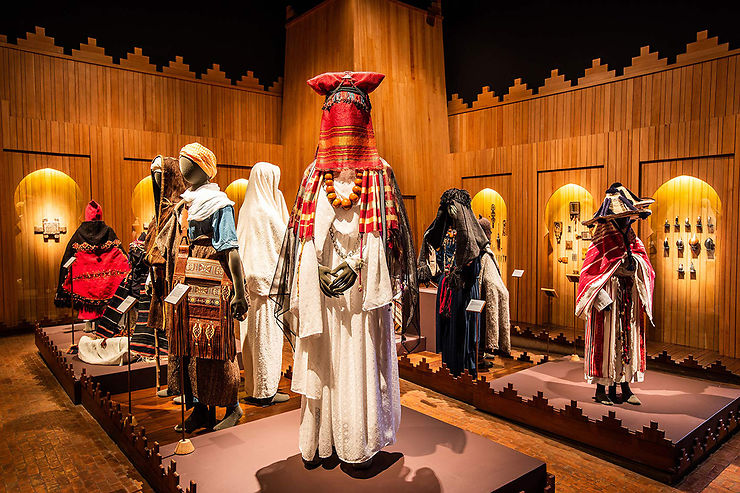
Jardin Majorelle is open daily from 8:00 to 18:30, while the Musée Pierre Bergé des Arts Berbères welcomes visitors daily from 8:30 to 18:00.
Adjacent to these is the YSL Museum, offering an immersive journey into the life and creative world of the legendary fashion designer Yves Saint Laurent. Visitors can admire a rotating selection of iconic haute couture pieces, such as the Mondrian dress, safari jacket, and «le smoking», organized thematically around concepts like Masculine/Feminine, Africa and Morocco, Art, and Gardens. The exhibition is enriched by multimedia elements including sketches, runway videos, music, and photographs that vividly reveal Saint Laurent’s inspirations and creative process.
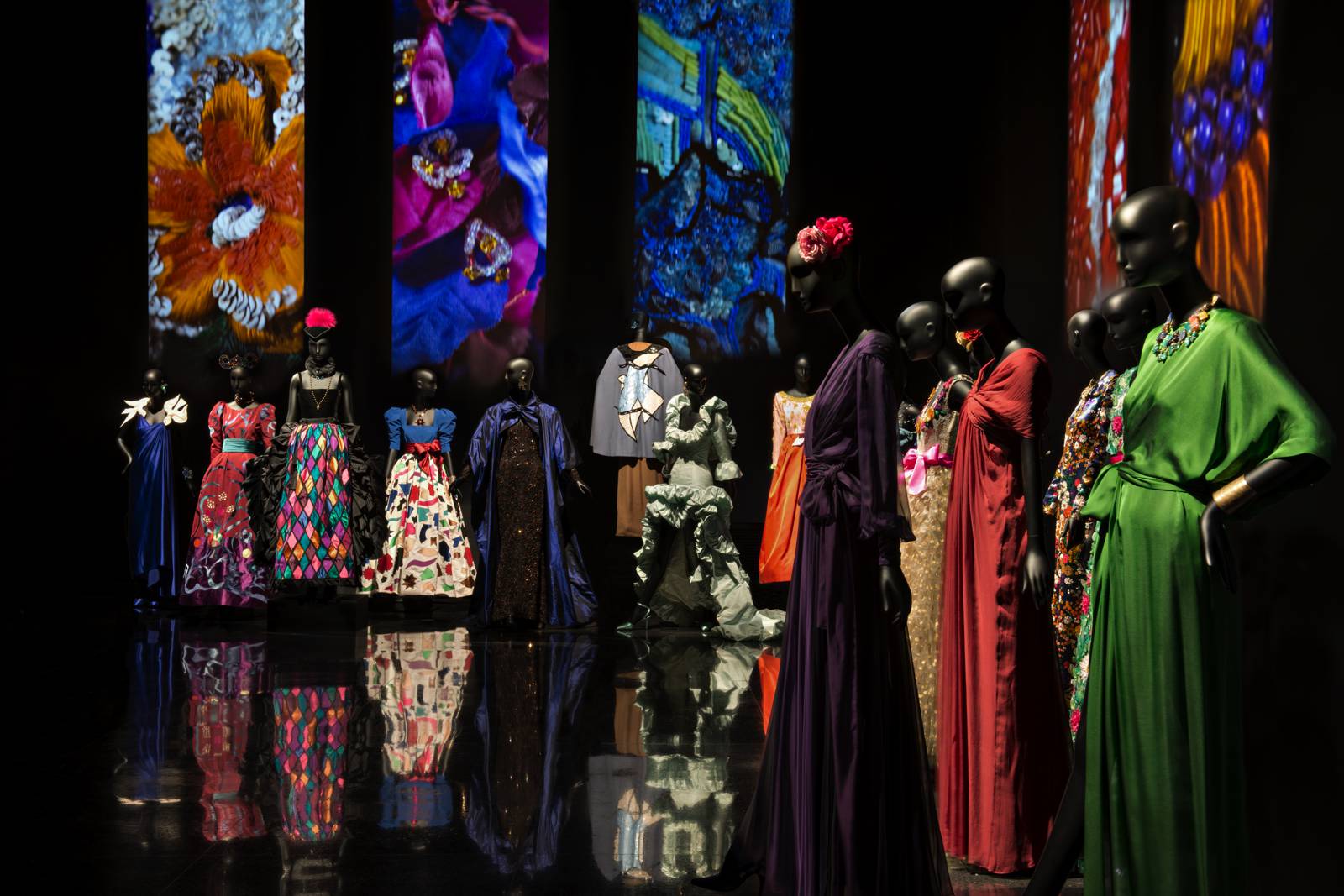
A museum shop offers YSL postcards and other memorabilia, while the on-site café provides a perfect spot to relax and soak up the sun.
The museum is open daily, except Wednesdays, from 8:00 to 17:30. Admission for the combined visit to Jardin Majorelle, the Musée Berbère, and the YSL Museum is 330 DH for adults and 180 DH for children under 10 and international students.
For a contrasting experience outside the medina walls, the
Mohammed VI Museum for Water Civilization
in Morocco, also known as Aman, is well worth a visit. This scientific and interactive museum is dedicated to the history, management, and cultural significance of water in Morocco.
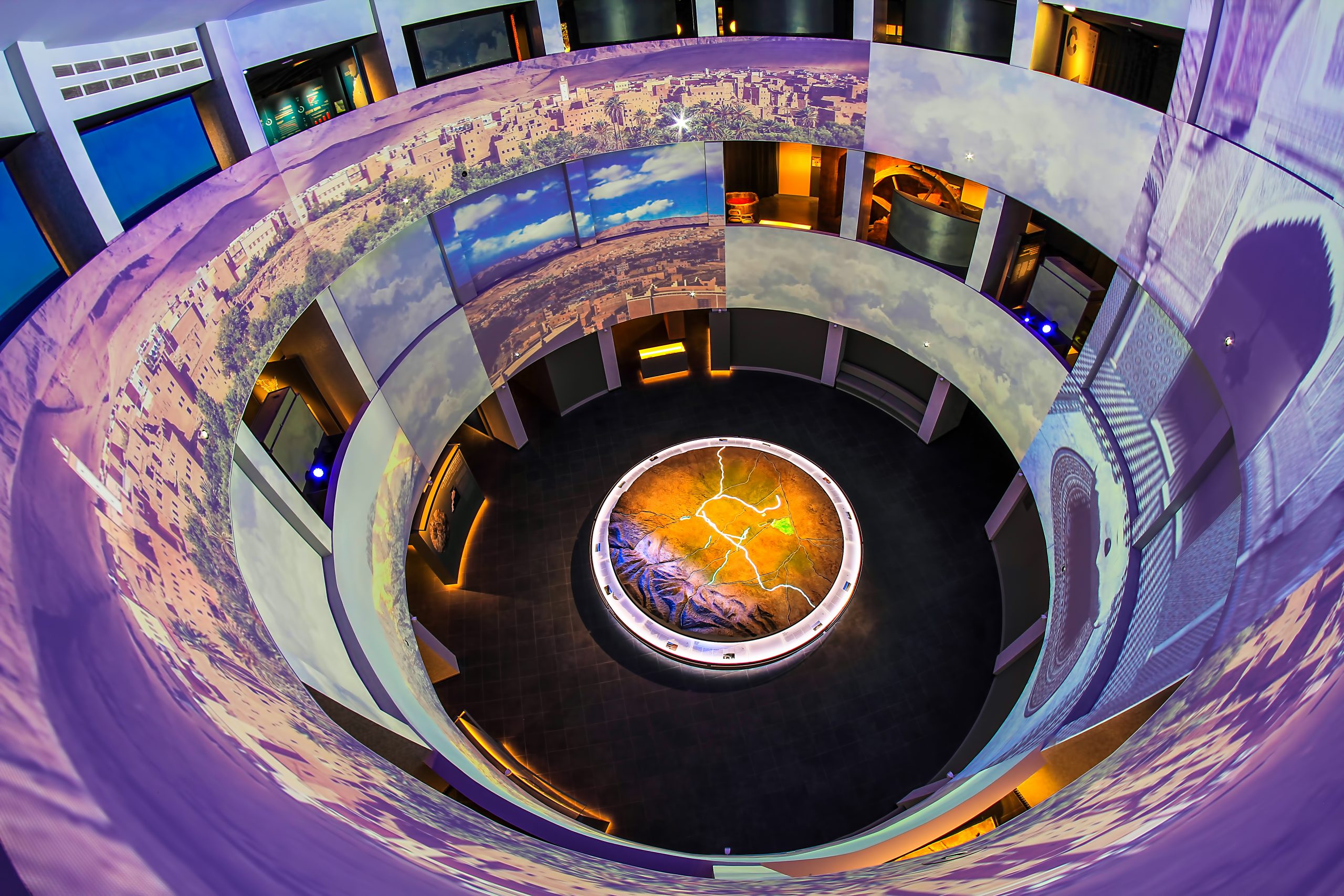
It combines modern interpretive tools with rich historical content, including scenographies, archival documents, multimedia displays, and models.
Established to honor Morocco’s long-standing expertise in water management, from traditional systems and the role of Habous to major hydraulic projects led by the late King Hassan II and King Mohammed VI, the museum offers an educational and immersive experience designed for a broad audience.
Admission is 45 DH for adults and 10 DH for schoolchildren and students. The museum is open daily from 9:00 to 19:00.

